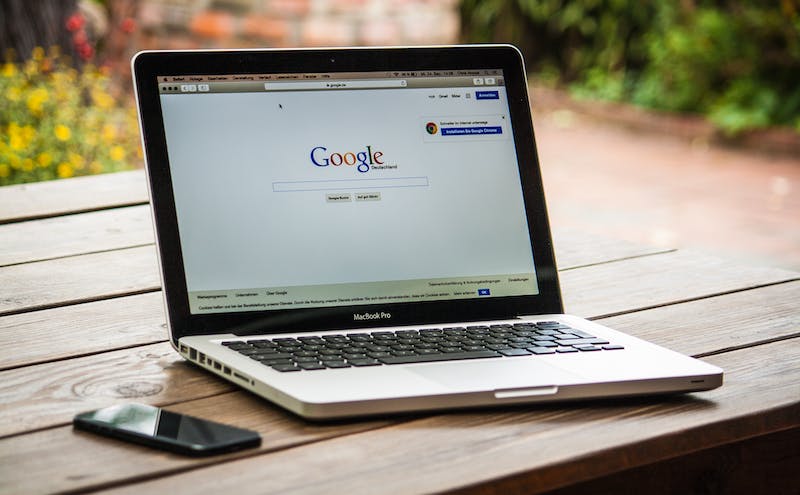
So you’ve decided to create a WordPress blog? Congratulations! WordPress is one of the most popular and user-friendly content management systems, making IT an excellent choice for bloggers of all levels. But before you dive into the exciting world of blogging, there are a few essential things you need to set up to ensure the success of your WordPress blog. In this article, we’ll provide you with an easy-to-follow checklist to guide you through the process.
1. Choose a domain name and hosting provider
The first step in setting up your WordPress blog is selecting a domain name. Your domain name is your blog’s web address (e.g., yourblogname.com). Choose a name that reflects your blog’s content and is easy to remember. Once you’ve decided on a domain name, you’ll need to find a reliable hosting provider. Consider factors like speed, uptime guarantees, customer support, and pricing to make an informed decision.
2. Install WordPress
Most hosting providers offer a quick and easy WordPress installation process. Look for a one-click WordPress installation option in your hosting account’s control panel. Follow the instructions provided by your hosting provider to install WordPress on your domain.
3. Choose a theme
Your WordPress theme determines the look and feel of your blog. Explore the vast collection of free and premium themes available for WordPress. Look for a theme that aligns with your blog’s niche and provides a visually appealing layout. Remember to choose a mobile-responsive theme to ensure your blog looks great on all devices.
4. Customize your blog’s appearance
Once you’ve installed a theme, customize IT to match your branding. Customize your blog’s logo, colors, fonts, and background to create a unique and professional appearance. WordPress offers a user-friendly customizer tool that allows you to make these changes without any coding knowledge.
5. Install essential plugins
Plugins are add-ons that extend the functionality of your WordPress blog. Install and activate essential plugins, such as Yoast SEO for search engine optimization, Akismet for spam protection, and Jetpack for Website analytics and security. Be cautious not to overload your blog with unnecessary plugins, as they can slow down your site’s performance.
6. Set up essential pages
Every successful WordPress blog should have several essential pages. Create an engaging About page to introduce yourself or your brand to your readers. Craft a Contact page, allowing visitors to reach out to you. If your blog focuses on offering products or services, create a dedicated page for them. Additionally, a Privacy Policy page is essential to comply with data protection regulations.
7. Configure basic settings
Adjusting your WordPress blog’s basic settings is crucial. Go to the Settings menu in your WordPress dashboard and customize the site title and tagline. Set your preferred permalink structure for search engine optimization. Configure your comment settings to ensure smooth interaction with your readers. Don’t forget to set up your blog’s timezone to display accurate publishing dates.
FAQs
Q: What if I change my mind about the domain name or hosting provider?
A: If you haven’t launched your blog yet, changing your domain name or hosting provider is relatively easy. However, if you’ve already established a presence, IT can be more complicated and require additional steps. Consider consulting with a professional or reaching out to the respective customer support teams for guidance.
Q: Can I change my theme after launching my blog?
A: Yes, absolutely! You can change your WordPress theme at any time. However, keep in mind that your new theme may have different customization options or widget areas, which could require adjusting your blog’s layout or reconfiguring certain elements. Make sure to preview how the new theme will look before applying IT to ensure a smooth transition.
Q: How often should I update my plugins and WordPress version?
A: IT‘s crucial to keep your WordPress installation, themes, and plugins up to date to maintain security and functionality. Ideally, you should update them as soon as new versions are available. Most recent versions of WordPress support automatic updates, making the process easier and less time-consuming.
Q: How do I promote my WordPress blog?
A: Promoting your blog is essential to gain visibility and attract readers. Utilize social media platforms to share your content, engage with your audience, and collaborate with other bloggers in your niche. Additionally, focus on search engine optimization (SEO) to improve your blog’s visibility in search engine results. Publish high-quality content consistently to build a loyal readership.
Follow this checklist, and you’ll be well on your way to setting up a successful WordPress blog. Remember to continuously update your blog’s content, engage with your audience, and adapt to the ever-evolving blogging landscape. Happy blogging!





